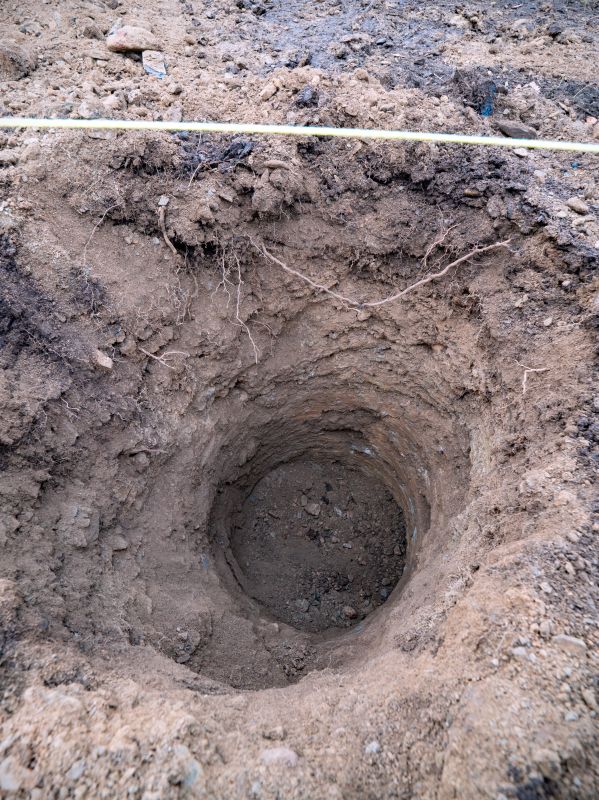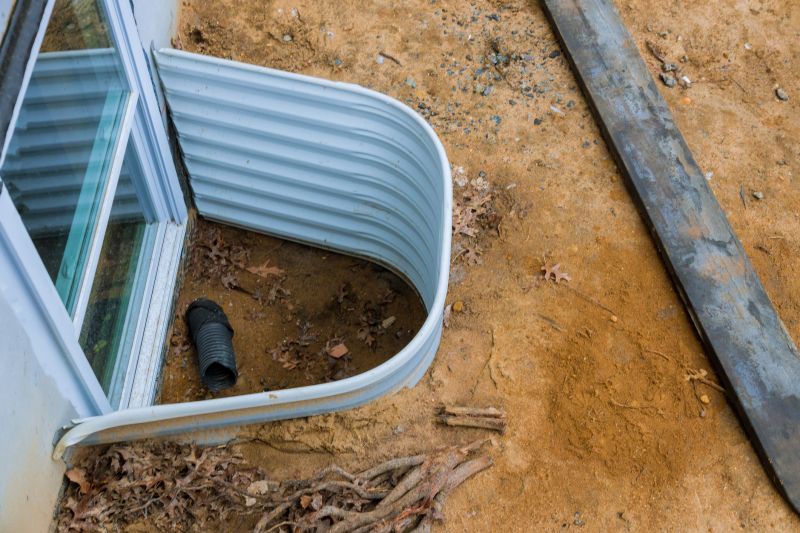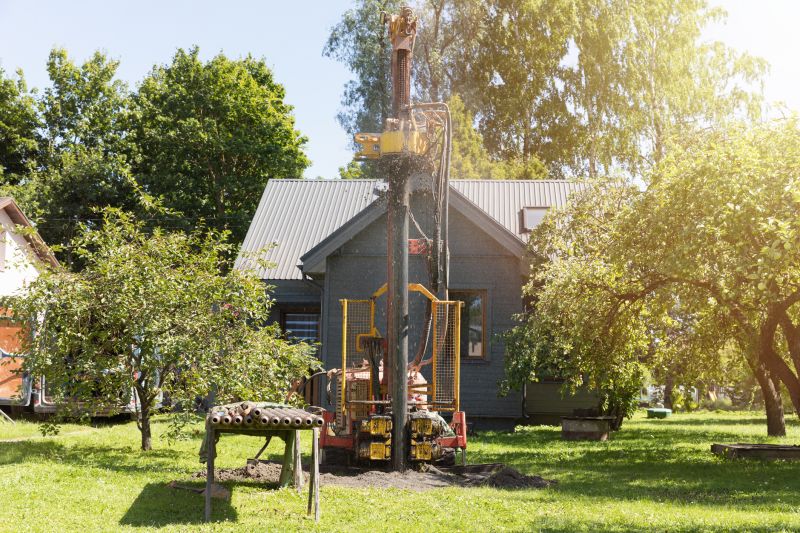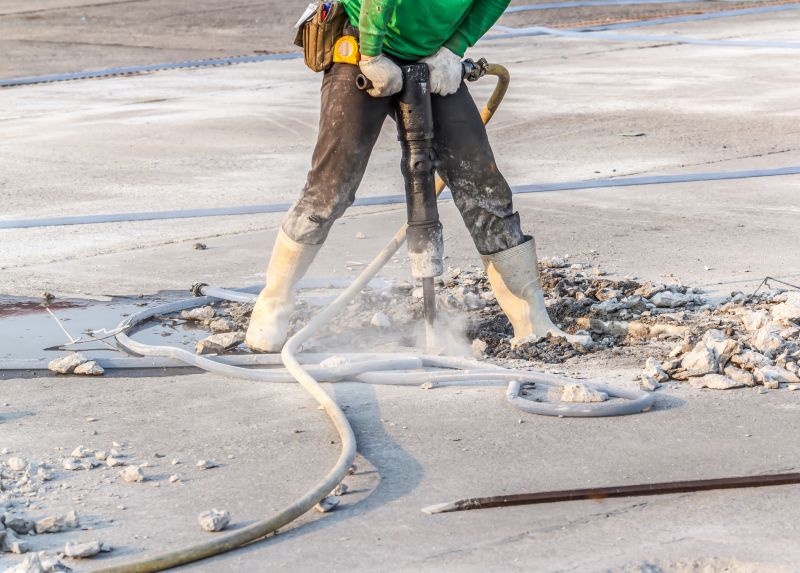Shallow Well Drilling Timing Tips

Spring and early summer are often ideal for shallow well drillings due to stable ground conditions and easier access.

Dry weather minimizes soil saturation, reducing drilling difficulties and potential delays.

Monitoring local groundwater levels helps determine the best time for drilling to ensure optimal water yield.

Frozen or overly saturated soil can hinder drilling; ideal conditions are during moderate temperatures.

Regions with predictable dry seasons provide more consistent conditions for shallow well installation.

Scheduling during periods of low rainfall reduces site access issues and project delays.
Shallow well drillings involve creating water access points typically within 30 to 100 feet of the surface. They are commonly used for residential, agricultural, and small-scale commercial purposes. The process includes drilling, casing, and installing a pump system to extract groundwater. Proper timing can influence the efficiency and longevity of the well, making seasonal and environmental factors important considerations.
Statistics indicate that most shallow well installations are performed during late spring through early fall, aligning with favorable weather and ground conditions. This timing reduces the risk of soil collapse and equipment difficulties. Additionally, planning around local rainfall patterns can prevent delays caused by muddy or unstable sites.
Ideal conditions include dry, moderate temperatures with stable soil and groundwater levels.
Weather, soil type, groundwater levels, and local regulations all impact the best time for drilling.
Scheduling appropriately can reduce costs, improve water yield, and extend well lifespan.
Adverse weather, frozen ground, and high soil saturation are typical obstacles to timely drilling.
| Factor | Impact on Timing |
|---|---|
| Weather Conditions | Dry, stable weather facilitates easier drilling and reduces delays. |
| Soil Type | Sandy or loose soils are easier to drill through during dry seasons. |
| Groundwater Levels | Higher levels in certain seasons may improve yield but complicate drilling. |
| Temperature | Frozen ground in winter can hinder drilling operations. |
| Local Regulations | Permitting windows may restrict drilling to specific times of year. |
| Environmental Restrictions | Certain seasons may have restrictions to protect local ecosystems. |
| Water Demand | Aligning drilling with high-demand periods ensures immediate use. |
| Accessibility | Weather impacts site accessibility, influencing scheduling. |
